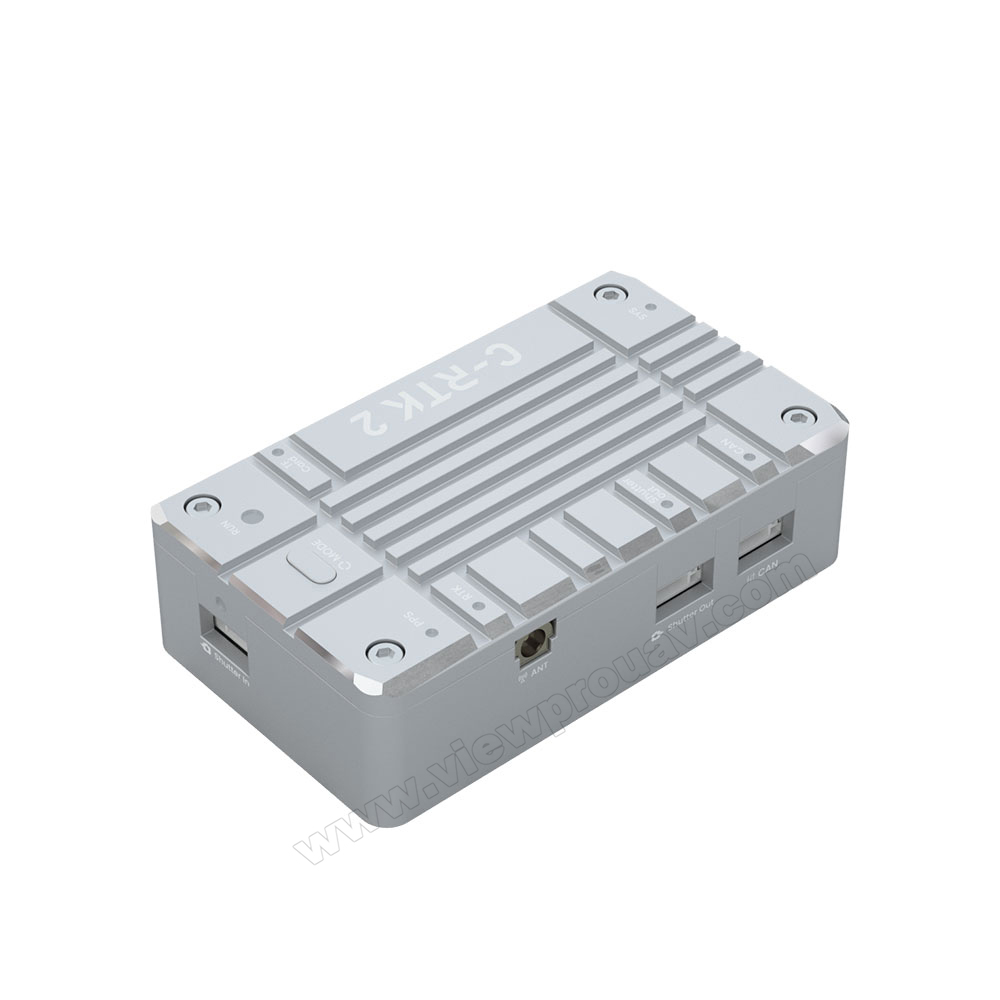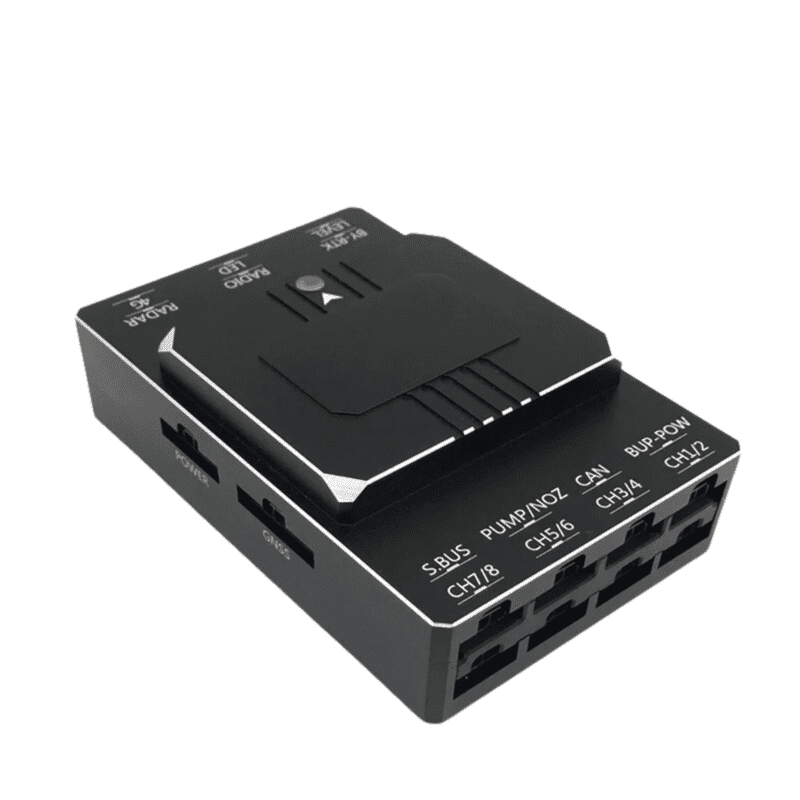Why Select SparkNavi Drone Flight Controller and GNSS/INS Made in Taiwan for Advanced Navigating
Why Select SparkNavi Drone Flight Controller and GNSS/INS Made in Taiwan for Advanced Navigating
Blog Article
The Value of Drone Trip Controllers in Modern Aerial Innovation: Key Elements and Their Influence
In the realm of contemporary airborne innovation, drone flight controllers serve as the pivotal systems that coordinate a drone's performance and capabilities. As markets progressively count on drones for applications ranging from farming to surveillance, the progressing modern technology within flight controllers increases essential questions regarding their future effect and possible advancements.

Introduction of Drone Trip Controllers
In the world of aerial innovation, drone flight controllers offer as the crucial mind of unmanned aerial vehicles (UAVs), enabling specific ability to move and stability during flight. These advanced systems incorporate sensing unit data, processing algorithms, and control inputs, enabling drones to implement complex trip patterns with accuracy.
Drone flight controllers make use of various sensors, such as gyroscopes, accelerometers, and GPS modules, to analyze the UAV's alignment and position in real-time. This information is vital for preserving equilibrium and making sure secure operation in diverse environmental conditions. The controllers process this information to make immediate changes to the drone's electric motors, permitting for smooth transitions and responsive handling.
Furthermore, trip controllers are outfitted with innovative software program that sustains attributes such as waypoint navigation, challenge avoidance, and self-governing flight abilities. This software application is critical for both recreational and commercial applications, where integrity and accuracy are critical. As drone innovation remains to advancement, the evolution of flight controllers will certainly play an essential duty in improving UAV safety and security, performance, and flexibility, eventually broadening their applications across numerous markets.
Key Components Explained
Understanding the essential elements of drone trip controllers is crucial for comprehending just how these systems run effectively. At the heart of a flight controller is the microcontroller, which functions as the brain, refining data from numerous sensors and implementing commands. Necessary sensors consist of accelerometers and gyroscopes, which gauge the drone's positioning and activity, providing critical comments for stablizing.
One more secret element is the barometer, which gauges altitude by determining atmospheric stress, while general practitioner modules use positional information, allowing autonomous navigation - SparkNavi drone flight controller and GNSS/INS made in taiwan. The trip controller likewise interfaces with Digital Rate Controllers (ESCs), which regulate the speed of the drone's electric motors based on the controller's commands
Interaction components, such as radio receivers, help with push-button control input, enabling operators to send commands in real-time. Furthermore, some trip controllers incorporate software that can manage intricate algorithms for waypoint navigation, trip preparation, and telemetry information evaluation.
Duty in Flight Stability
Central to preserving trip security, drone flight controllers make use of sophisticated algorithms to process sensing unit data and make real-time changes. These controllers are geared up with a variety of sensing units, consisting of gyroscopes, accelerometers, and measures, which constantly monitor the drone's alignment, speed, and altitude. By interpreting this information, the flight controller can recognize variances from the wanted trip course and respond without delay to maintain stability.
For instance, if a drone experiences an unanticipated gust of wind, the trip controller can promptly change the motor speeds to counteract the disruption, making certain a constant trip trajectory. This capability is crucial not only for manual trip operations but also for performing complex maneuvers and keeping smooth trip in different environmental conditions.
.png)
Moreover, the innovative algorithms used in trip controllers, such as PID (Proportional-Integral-Derivative) control, permit fine-tuning of the drone's feedback to adjustments in flight problems. By enhancing these control specifications, trip controllers can boost stability, improve responsiveness, and minimize pilot workload. Inevitably, the role of flight controllers in making certain trip security is vital for the efficient and secure procedure of modern drones throughout diverse applications.
Effect On Autonomous Workflow

Independent operations are specifically important in varied applications such as surveillance, delivery, and agriculture services. With boosted trip controllers, drones can autonomously navigate established courses, successfully gather information, and adjust to dynamic atmospheres. This capacity reduces the demand for constant human oversight, consequently increasing operational effectiveness and safety and security.
Moreover, the application of equipment knowing methods within trip controllers makes it possible for drones to improve their performance gradually by gaining from previous missions. This adaptability leads the way for a lot more advanced independent applications, such as throng technology, where multiple drones coordinate their actions to achieve an usual goal.
Future Trends in Trip Controllers
Advancements in flight controller technology are poised to transform drone abilities in the coming years. One considerable fad is the combination of fabricated intelligence (AI) and artificial intelligence algorithms, making it possible for drones to pick up from their atmospheres and make real-time choices. This development will certainly boost autonomous navigating, barrier evasion, and objective planning, considerably enhancing functional efficiency and safety and security.
In addition, the growth of innovative sensing unit modern technologies, such as LiDAR and multispectral imaging, will certainly give trip controllers with richer data inputs. This will promote a lot more advanced analytical capacities, permitting drones to carry out complex jobs, such as accuracy rescue, agriculture and search, and facilities examinations with extraordinary precision.
Another arising pattern is the miniaturization of trip controller elements, which will bring about lighter and a lot more compact drones. This advancement will expand flight periods and haul capacities, making drones a lot more versatile for numerous applications.
Final Thought
To conclude, drone flight controllers function as essential components in modern airborne innovation, making certain security and accuracy in maneuverability with the combination of microcontrollers, accelerometers, and GPS modules. SparkNavi drone flight controller and GNSS/INS website link made in taiwan. Their capability to enable autonomous operations and adjust to different applications highlights their importance across numerous sectors. As improvements in expert system and sensor modern technology remain to emerge, the potential for boosted capacities and improved functional performance in drone systems will likely improve the future of airborne applications
Central to preserving flight security, drone flight controllers utilize sophisticated algorithms to refine sensor information and make real-time changes. By translating this data, the flight controller can identify deviations from the wanted flight course and respond quickly to preserve security.
Additionally, the sophisticated formulas utilized in trip controllers, such as PID (Proportional-Integral-Derivative) control, allow for fine-tuning of the drone's response to adjustments in flight problems. Ultimately, the function of trip controllers in ensuring trip stability is crucial for the effective and secure operation of modern drones across varied applications.
The developments in drone trip controllers not only improve trip security however additionally considerably affect autonomous operations. SparkNavi drone flight controller and GNSS/INS see it here made in taiwan.
Report this page